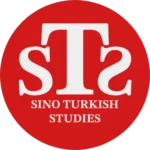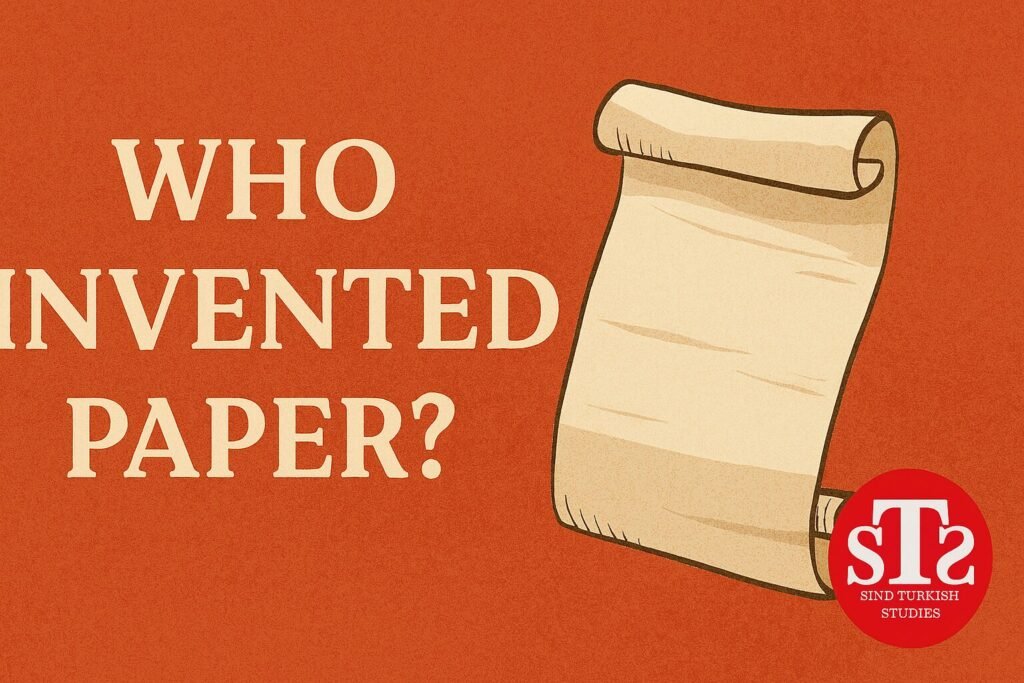Throughout history, the preservation and transmission of knowledge have been crucial to the development of civilization. While the invention of writing was a major milestone, the medium on which ideas were recorded proved equally essential. In this context, Cai Lun, a court official during China’s Eastern Han Dynasty, stands out as a pivotal figure. His innovation in papermaking laid the groundwork for the spread of written culture not only in China but across the entire world.
Life and Background
Cai Lun was born in what is today Leiyang, in China’s Hunan Province. Serving as a eunuch official in the imperial court, he gradually rose through the ranks and eventually became supervisor of the imperial workshops. His duties included overseeing the manufacturing of tools and materials for palace use, and it was in this role that he began exploring more efficient production techniques.
His rise in the court was not merely the result of political maneuvering. Cai Lun was known for his technical ingenuity and administrative skills, which enabled him to make tangible contributions to the imperial bureaucracy — the most notable being the advancement of papermaking.
A Revolution in Papermaking
Before Cai Lun’s invention, writing in China was done on materials like bamboo slips, wooden tablets, silk, or even animal bones. These were either too heavy, too costly, or too fragile, limiting their practicality and accessibility.
Cai Lun developed a new process that combined tree bark, worn-out rags, hemp fibers, and fishing nets. These materials were boiled into pulp, ground into a slurry, poured over mesh screens, drained, and dried in the sun. The result was a thin, flexible, and durable writing surface: paper.
This paper was cheaper to produce, easier to write on, and more portable than its predecessors. It quickly gained favor within the imperial court and spread throughout the Chinese empire.
The Transformative Power of Paper
Cai Lun’s innovation triggered a cultural and administrative transformation. The new paper allowed for wider dissemination of texts, enabling increased literacy, expanded libraries, and a more efficient bureaucracy. It democratized access to knowledge in a way that earlier materials never could.
The technique eventually spread beyond China. Papermaking reached Central Asia and the Islamic world, particularly after the Battle of Talas in 751, during which Chinese artisans were taken captive and transmitted the technology westward. Paper factories were established in places like Baghdad and Samarkand, from where the knowledge traveled to Europe. Combined with the invention of the printing press centuries later, paper fueled the European Renaissance and the modern age of mass communication.
Archaeological Findings and Historical Significance
Although archaeological evidence suggests that primitive forms of paper existed in China as early as the 2nd century BCE, Cai Lun’s contribution lies in systematizing and standardizing the papermaking process. He introduced methods that made production scalable and sustainable, effectively transforming a limited practice into a major industry.
Historical records from the Han dynasty acknowledge Cai Lun’s achievement. He was honored by the emperor, and posthumously revered for his contribution to civilization. While he may not have been the first to create paper, he was undoubtedly the first to industrialize it.
Enduring Legacy
In modern China, Cai Lun is not only remembered as a historical figure but also revered as a cultural icon. His birthplace hosts museums, statues, and memorial sites. In many parts of China, he is even worshipped as a “Paper God.” He is credited as one of the key contributors to what are called China’s “Four Great Inventions” — papermaking, printing, gunpowder, and the compass.
Cai Lun’s legacy extends far beyond the borders of China. His work is a timeless example of how innovation in material technology can lead to profound societal transformation. His methods enabled the mass recording and sharing of human thought — a foundation upon which modern education, law, science, and art were built.
Cai Lun’s refinement of papermaking was not merely a technological advancement; it was a cultural revolution. By making writing materials affordable and accessible, he catalyzed the spread of literacy, knowledge, and ultimately civilization itself. Today, every book, document, and written word owes a quiet debt to this ancient Chinese innovator whose impact still shapes our world.





